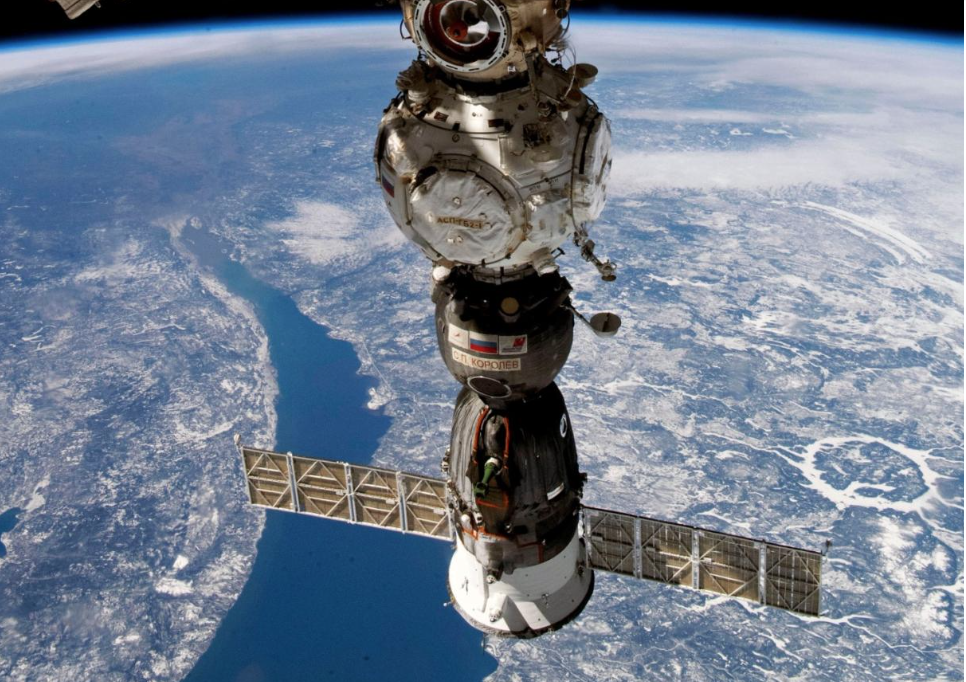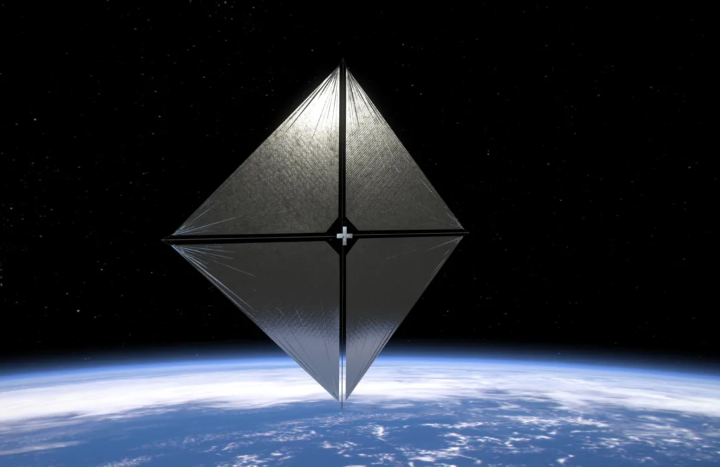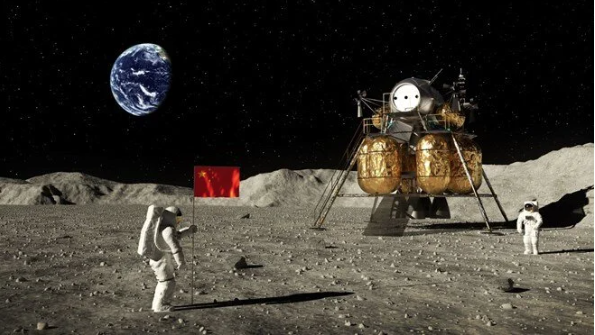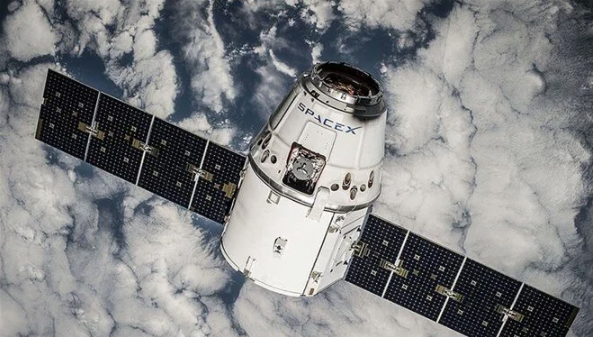“As part of the analysis, NASA also reached out to SpaceX about its ability to bring back additional crew members”
NASA has reached out to SpaceX about recovery options after the crew of the International Space Station (ISS) detected a leak in a Russian mission capsule that spewed liquid into space.
Last month, the space station crew detected an “unexplained leak” in the Russian capsule just as the cosmonauts were due to go on a routine spacewalk.
The fluid spray, described by a NASA commentator as a coolant leak, could be seen in the American space agency’s live video feed as a dense stream of snowflake-like particles pouring from the rear of the Soyuz MS-22 capsule that was supposed to take the crew back to Earth.
An official from the Russian space agency said the leak was likely caused by a micro-meteorite that struck one of the radiators on the ISS.
NASA said last week that it was continuing to work with the Russian agency Roscosmos to conduct engineering reviews and explore ways to bring the Soyuz crew home safely in both normal and contingency scenarios.
The Russian space agency had previously announced that the planned launch of another capsule in March would be moved to February if analyses determined that the Soyuz capsule was not suitable for crewed flight.
“Our next crew was scheduled to fly in mid-March,” said Sergey Krikalev, who leads Roscosmos’ manned spaceflight programs, but added that “it could be sent a little earlier… the most they can do at this point is to send it about two, three weeks earlier.”
NASA said it had reached out to SpaceX regarding its ability to bring back crew members.
“As part of the analysis, NASA also reached out to SpaceX about its ability to bring additional crew members back aboard Dragon if needed in an emergency,” the space agency said in a statement.
However, NASA said its primary focus is now on understanding the “post-leak capabilities of the Soyuz MS-22 spacecraft.”
NASA spokesperson Sandra Jones had previously told Reuters that the agency was considering the idea of using a SpaceX Dragon spacecraft as a lifeboat.
The space station crew began the new year with a series of microgravity studies in the orbiting laboratory, while keeping an eye out for safety concerns stemming from the leak.
Astronauts and cosmonauts on the ISS are investigating a range of phenomena in space, including nutrition, dexterous manipulation (multiple robotic limbs working simultaneously to grasp and manipulate objects -ed.n.) and microbe samples collected from inside the space station, NASA said in a blog post on Tuesday.
One team is reportedly investigating the use of genetically modified microbes to provide on-demand nutrients in space, as well as potentially other compounds and medical drugs.
On Tuesday, NASA Flight Engineer Frank Rubio also analyzed samples of microbes collected from the station’s atmosphere and surfaces and grown in an incubator. These samples will then be sent back to Earth next week on the SpaceX Dragon cargo vehicle for further analysis.
Meanwhile, Russian cosmonauts analyzed another set of microbe samples to understand how bacteria and fungi adapt to microgravity, while flight engineer Koiçi Wakata from Japan’s space agency evaluated the samples to understand bone regeneration on Earth and in space, NASA said.
the main source of the news: https://www.independent.co.uk/space





